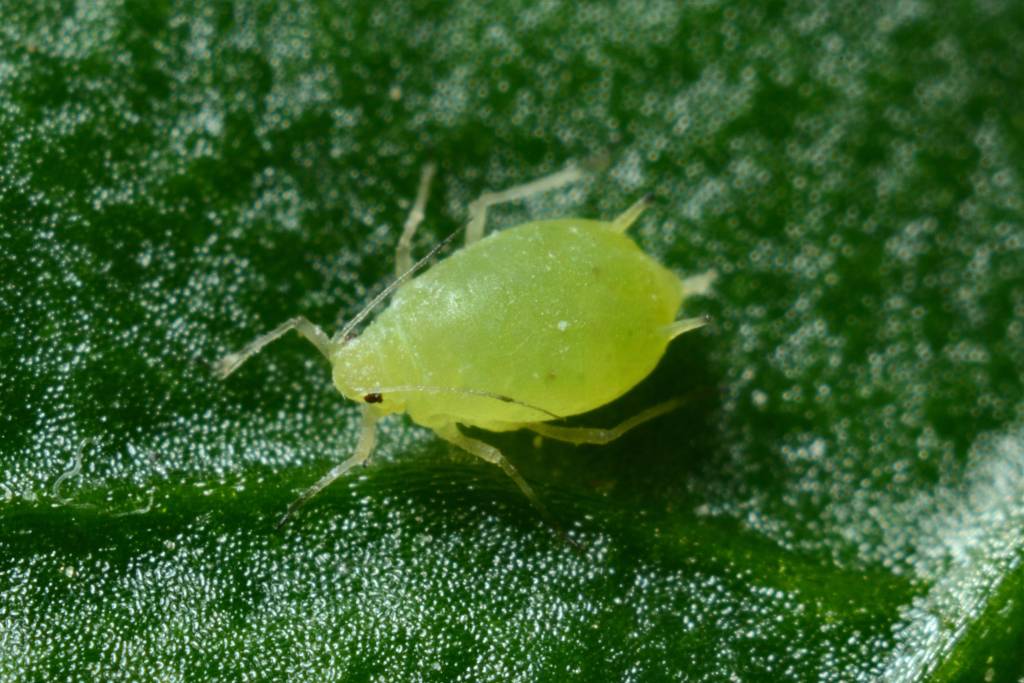A New Treatment for Deadly Honeybee Parasite in the Works

There are so many threats to the honeybee population. One of the biggest threats is a deadly parasite called Varroa destructor. It is a mite the size of pinhead that feeds on honeybees and spreads diseases. There was a course of treatment for this deadly mite by using chemicals however they have started to create a resistance to the pesticides. And these chemical treatments can cause harm to the bees. Scientists have come up with a different course of action by enhancing a mite-killing fungus so it can take care of the mite and still protect the beehive. It is in the trial stages however of this treatment passes more rounds of testing it could help conserve the honeybee population around the world. It could also reduce the number of pesticides being used.
Varroa destructor has plagued beekeepers and their bees for decades. Some researchers have hoped to combat them with biopesticides, microbes that naturally target specific insect pests. Compared with traditional chemical pesticides, they are less toxic to other animals, including humans. One biopesticide, the common soil fungus Metarhizium acridum, has been used against locusts in recent years. Some 2 decades ago, researchers at the U.S. Department of Agriculture and elsewhere began to study related species that can kill the varroa mite.
The next step was to boost the deadliness of the fungus because strains can become less virulent when repeatedly cultured in the lab. After adding a petri dish with the heat-tolerant fungal strain to a honeybee hive, Han and WSU entomologist Nicholas Naeger found fewer than 4% of dead mites in the hive had died from Metarhizium. So, the researchers grew a new batch of fungus from the dead mites and treated the hive with that strain; in the second round of experiments, 50% of dead mites succumbed to a fungal infection. Two rounds later, the kill rate was just over 60%. All told, Han and Naeger counted more than 27,000 dead mites over the course of their experiments. “When you close your eyes, you still see little varroa,” Han says.

To get more of their fungal mite killer into hives, the researchers cultured it on brown rice, added it to a mesh bag, and put the bag inside the nest. The bees would try to remove it, causing spores to drift down on the mites. To compare this new treatment to oxalic acid, a common chemical used by small-scale beekeepers, the researchers then treated 30 colonies with either the acid or the fungus. After 18 days, the fungus was just as good as the acid at keeping the number of mites in check, the team reported last month in Scientific Reports. Because the dose of Metarhizium was relatively low its performance could likely be improved.
Further tests are needed to demonstrate the treatment’s efficacy. Mite populations tend to proliferate later in the year than when the study was conducted, so the fungus would need to be tested against higher numbers of mites to prove its worth.
Beekeeper Specialist Aug 02, 2021
